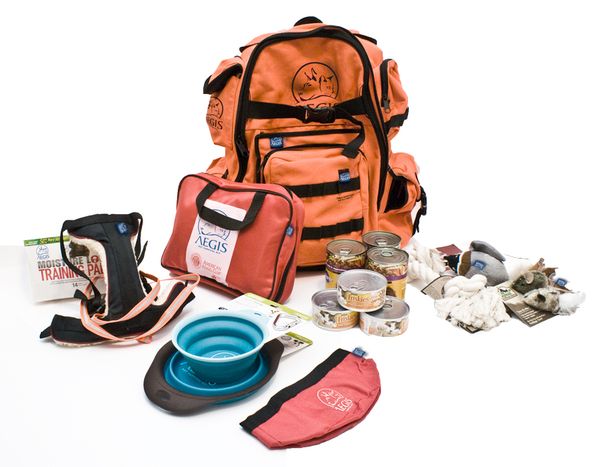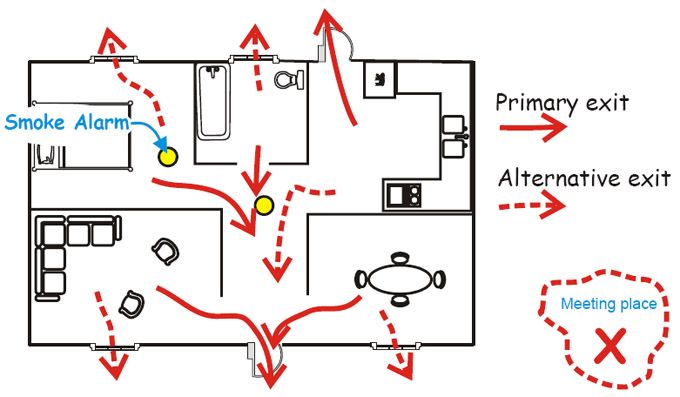Disaster Preparation for the Elderly
When planning for large scale emergency situations, it's easy to forget that some segments of the population have special needs that go well beyond the average person, and require more than a survival kit and an evacuation plan. Many elderly and disabled persons have very specific medical needs that must be met, regardless of external happenings. Limited mobility, access to medication and weakness from pre-existing conditions are only a few of the many possible complications faced by the elderly and disabled in an emergency situation. These factors can be life-threatening, if left unattended and planned for.
 |
| Disaster Preparation for the Elderly and Disabled |
As the percentage of elderly in our society grows, and increasing number of patients receive treatment in home care or nursing facilities, and it would be difficult to ensure that proper medical treatment would continue to be provided in a disaster scenario. Responsibility for the care of elderly members of society during fires, floods, hurricanes and earthquakes is divided between the family and friends of the elderly, the healthcare system, and the community as a whole.
There are a number of important precautions that can be taken to ensure that proper measures are taken to deliver the necessary care in a disaster scenario. This starts with a disaster preparation plan.
Current and Pertinent Medical Information
In the event a disaster strikes and a family member with special medical needs is separated from his or her caregiver, it's important for them to be able to make others aware of their medical condition. Medical bracelets and other visible cues can help alert members of the public to individuals with medical needs in order that they can then help them get the necessary treatment for their specific condition. Another option is to keep documents with a list of medical conditions, prescriptions, and any other important medical information and medical history. Registering with special needs in your cities' registries can also help officials recognize individuals with special medical needs more quickly.
Designated Points of Contact
To make sure that individuals with special medical needs are taken care of in an emergency situation, a set of designated points of contact should be established who will be responsible for their assistance. These contacts could be family members, members of the community, or paid healthcare providers. Contacts can take responsibility for any number of duties, Including transportation, administration of essential medications, or general medical assistance and care. Managing contacts makes clear who is responsible for this person and avoids situations where the elderly and disabled are disregarded and left to be someone else's problem.
Disaster Preparation Plans
Having a disaster preparation plan for the elderly or disabled gives individual agency staff, and a feeling of control over Their situation. This helps avoid the potential for feelings of helplessness and confusion in the event of an emergency. Planning options should include dependable transportation, evacuation routes, and knowledge of nearby medical facilities. A special kit containing extra batteries, spare eye glasses and important medical equipment and current prescriptions should also be prepared in case the elderly or disabled person is isolated from medical facilities for an extended period of time.
These factors combined with an awareness of your regional emergency plan are the best safety measures to help ensure the well-being of elderly and disabled members of your family during an emergency situation. A GREAT way to establish an emergency preparedness plan for your family, is to learn from the Family Survival Course.
The Family Survival Course - A Must Have
The Family Survival Course is the best plan of action out there. I'm writing this article because of the impact this course has had on my life. It has literally changed my life, how I think, and how I'm preparing for the inevitable economic crisis or natural disaster on the very near horizon.
To generate the best results with your disaster preparation plan, you need to think of all possibilities, look at the resources you have to work with and put together a plan that is customized for you and your family. The Family Survival Course can walk you through this, and prepare you for any future crisis. Again, this course has changed my life, and I have more confidence now that I have a plan for my family. Check it out, you'll be glad you did..



